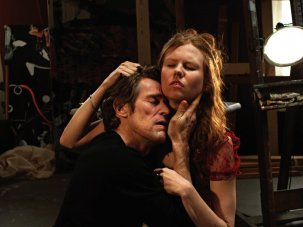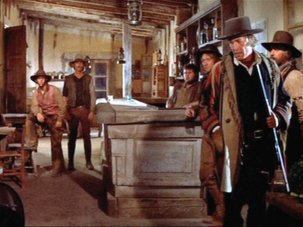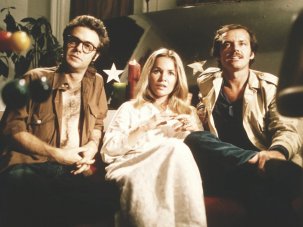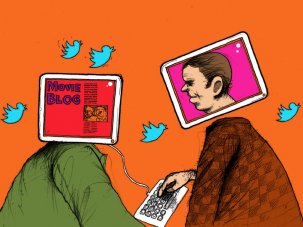from our February 2013 issue
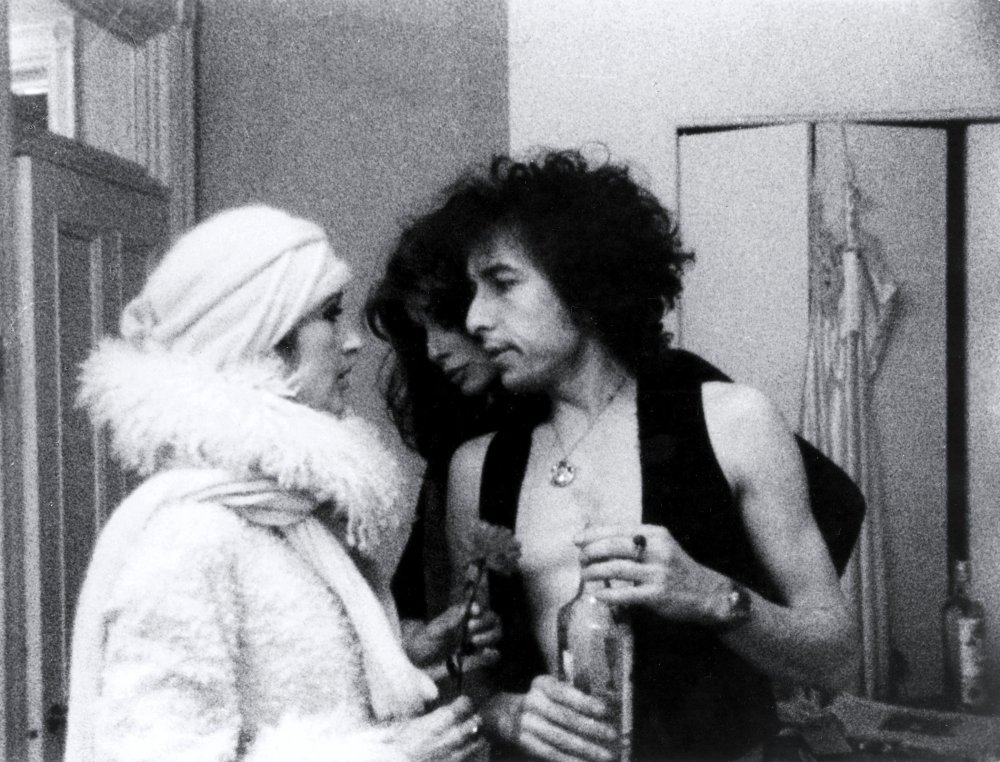
Renaldo and Clara (1977)
Of all artforms, film is surely the most accommodating, assimilating with apparent ease the visions of creators usually associated with other disciplines. Cinema’s history contains several distinguished bodies of work and memorable one-offs by theatrical actor/directors (Orson Welles, Laurence Olivier), novelists (Norman Mailer, Rebecca Miller), playwrights (Sam Shepard, David Mamet), poets (Jean Cocteau, Pier Paolo Pasolini), painters (Robert Longo, Julian Schnabel), photographers (Robert Frank, Larry Clark), dancers (Maya Deren, Wendy Toye), choreographers (Bob Fosse, Rob Marshall) and even comedians (Elaine May, Mike Nichols, Joan Rivers). And many directors initially achieved fame in other branches of filmmaking: actors (John Cassavetes, Clint Eastwood), screenwriters (Billy Wilder, Preston Sturges), cinematographers (Nicolas Roeg, Jack Cardiff), editors (Robert Wise, Hal Ashby) and producers (Joseph L. Mankiewicz, Albert Lewin).
But I have a special affection for those films made by refugees from the world of British and American popular music, a group which includes such oddities as Jim Morrison’s HWY: An American Pastoral (1969), John Lennon’s Imagine (1972), Neil Young’s Journey Through the Past (1973), Frank Zappa’s Baby Snakes (1979), David Byrne’s True Stories (1986), Prince’s Under the Cherry Moon (1986) and Kate Bush’s The Line, the Cross and the Curve (1993).
What most clearly distinguishes these films from those by the aforementioned directors is their tendency to address audiences whose interests are assumed to lie outside the cinematic mainstream: one can appreciate Hunger (2008), House of Games (1987) and Kids (1995) even if one has never seen a painting by Steve McQueen, a play by David Mamet or a photograph by Larry Clark, but it seems doubtful that the films of Morrison et al will hold much interest for individuals not already familiar with their creators’ musical achievements (there are exceptions to this rule, though they are mostly by singers who have already established careers as actors: Dick Powell, Frank Sinatra, Anthony Newley, Barbra Streisand).
The aesthetics of these works have little or nothing to do with those of ‘conventional’ filmmaking, which perhaps explains why there are no sustained oeuvres here comparable with those of Mamet or Allen, but also suggests how the best of them expand cinema’s potentialities by naively introducing mise en scène practices that feel fresh simply because they are derived from, and more properly belong to, musical forms.
An example of how the experiments conducted by these musician-directors can exert a wider influence was provided by a recent BBC documentary on The Beatles’ Magical Mystery Tour (1967), in which Martin Scorsese pointed out that “there was something very musical, very dance-like about the editing of the ‘Magical Mystery Tour’ number on the bus. The freedom of the camera along with the restraint of the characters looking towards the lens… It’s one of my favourite moments in movies. And that stayed with me over the years and I think actually, looking back at it, influenced a lot of the work I’ve done.”
The shots in question, which were probably directed by Paul McCartney, involve a camera moving rapidly through a bus as seated passengers stare directly into the lens. It’s easy to see how this imagery influenced the Bamboo Lounge sequence in Goodfellas (1990), during which the men Henry Hill is describing in voiceover directly address a camera moving rapidly past them.
Musicians-turned-filmmakers introduce practices that feel fresh simply because they are derived from musical forms
One thing all these films have in common is the director-performer’s presence in front of as well as behind the camera, the auteur’s physical body (rather than traditional narrative codes) serving to unify a disparate collection of materials (Mailer’s Maidstone, Welles’s F for Fake and Cocteau’s Le Testament d’Orphée also function in this way, the last being this sub-genre’s locus classicus). The outstanding achievement here is Bob Dylan’s Renaldo & Clara (1977), which uses musical and poetic rhythms to link a story involving the two eponymous protagonists (played by Dylan and his then-wife Sara) with various improvised skits, concert performances (shot during Dylan’s Rolling Thunder tour), backstage footage and documentary sequences (notably a lengthy section devoted to the imprisonment of boxer Rubin ‘Hurricane’ Carter), as well as several threads that refuse to slot easily into any category.
Indeed, the breaking down of categories is the film’s structural principle, with none of these elements existing independently of the others. And this ambitious structure reinforces what is clearly Dylan’s central concern: the blurring of lines between one identity and another. Identity exists in a particularly fluid form, with Bob Dylan ‘playing’ a bewildering number of ‘characters’ and several of the onscreen participants vying for the ‘role’ of Bob Dylan (at one point musician Ronnie Hawkins is seen being interviewed by a journalist who has mistaken him for Dylan, and is even identified as ‘Bob Dylan’ in the end credits). Dylan’s name thus becomes a label for a particular community and by extension a particular form of communal activity, existing in mid-to-late 1970s America only as the ghost of an ideal associated with the 1960s.
Like so many works in this tradition, Renaldo & Clara has fallen through the gaps in our distribution systems, having been virtually invisible since it was screened on Channel 4 in 1983 (how appropriate that it should itself have become a ghost). And in many ways this masterpiece is deliberately positioned as a paradoxically problematic object: the further it burrows into Dylan’s history, myth and persona, the more it alienates his fans; and the more it relies on musical rather than narrative methods of organisation, the more it resembles Jacques Rivette’s Out 1 (1971), another lengthy ‘improvisation’ that leans heavily on a non-cinematic model, experimental theatre, in order to deal with the legacy of a decade during which distinctions between ‘genuine’ and ‘performed’ identities were increasingly called into question. Though usually dismissed as artistic dead ends, these un- or extra- or perhaps even anti-cinematic works suggest exciting new directions for cinema to take.
-
Sight & Sound: the February 2013 issue
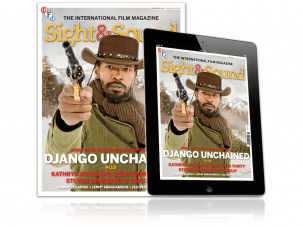
Tarantino’s Django Unchained, Bigelow’s Zero Dark Thirty, Spielberg’s Lincoln and much more.




